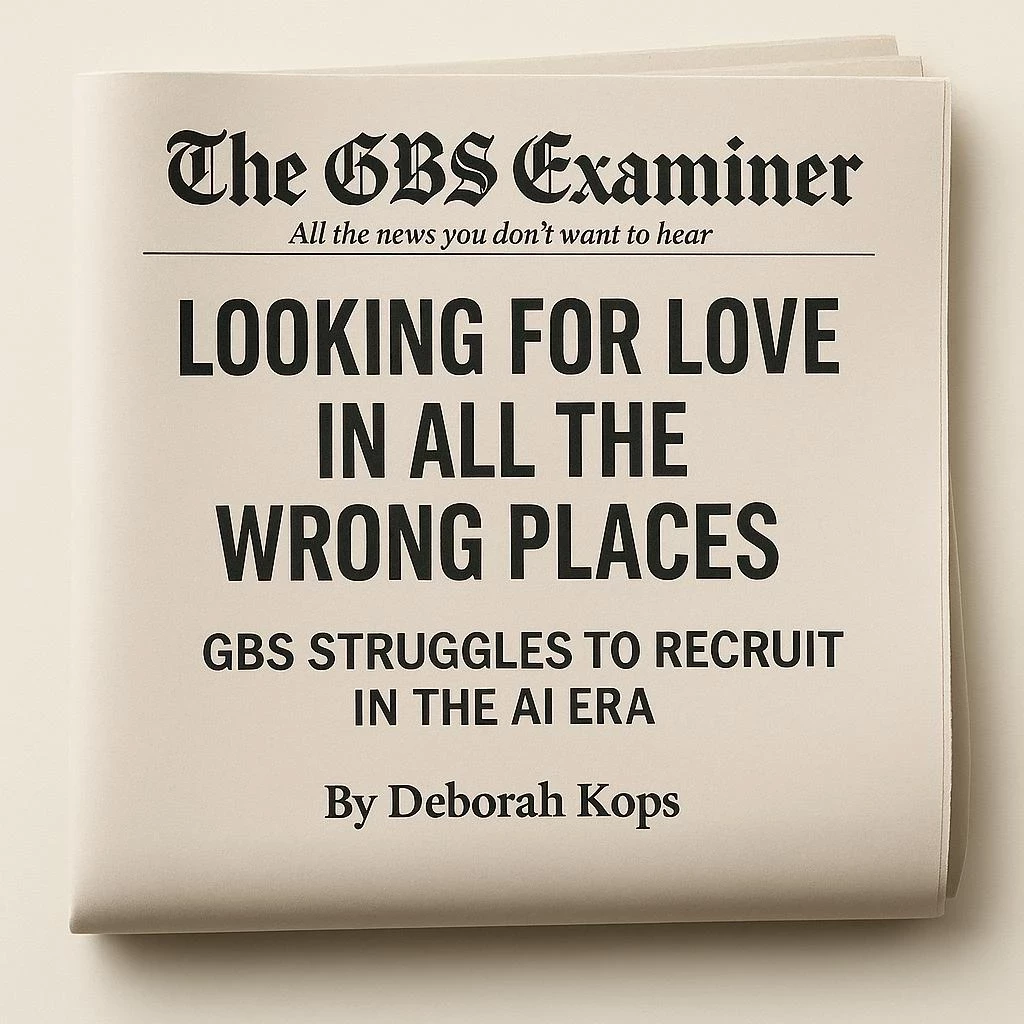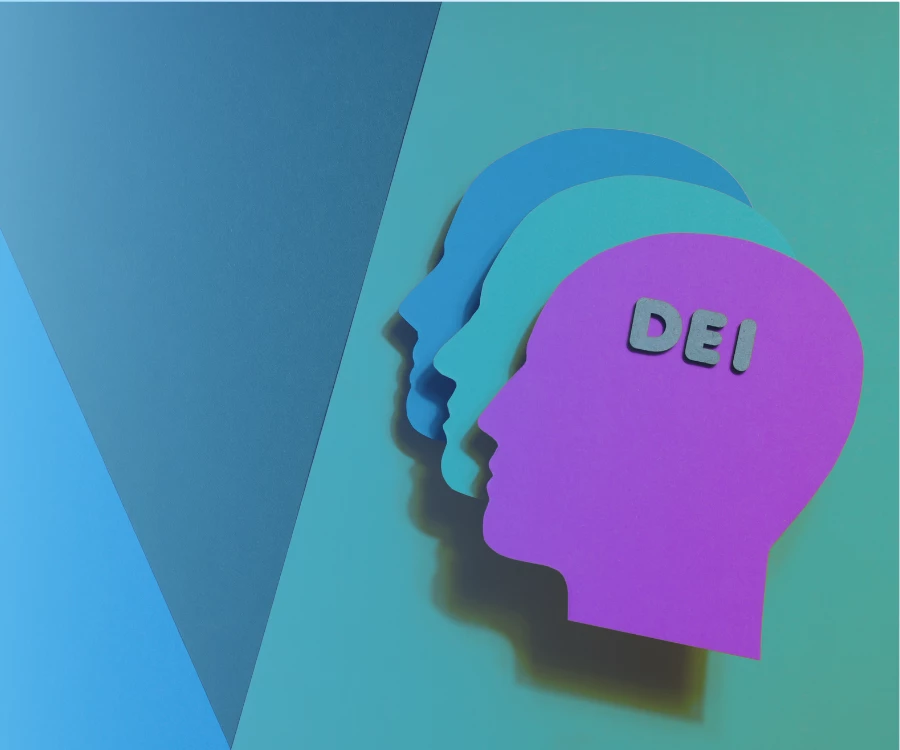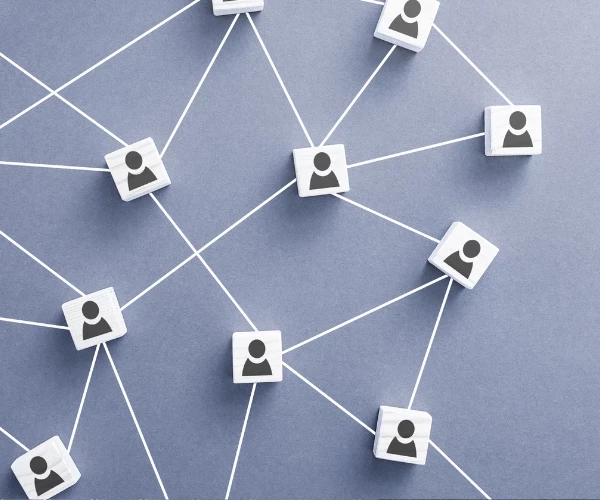HR Transformation: New Model, Better Data & a Digital Formula
Add bookmarkDigitalization is hitting HR like a mallet
What defines a modern HR operation? While many enterprises are still bogged down in traditional models, stuck in what we might call legacy mode, the reality is that digitalization is hitting HR like a mallet. True, technologies like SuccessFactors and Workday have been driving this trend for years. What differentiates today, however, is the realisation that a global role pays dividends. Not just in standardized processes but also in more effective talent management and leadership.
INTRODUCTION
HR services has emerged from the back office to play a significant role in supporting CEOs’ strategic imperative to optimize human resources. In its new role, HR services is no longer just about effective recruiting and career management, but about developing and supporting talent, ensuring it’s productive, and providing the framework and tools to create improved value-add for the business. In line with operational excellence guidelines, the modern HR solution leverages strengths and knowledge where these are needed and diverts activities to self-service or automation where that serves the purpose best.
Top Performers* have moved away from the traditional HR model, which was siloed and vertical, and towards a best practice model that takes an end-to-end process approach and is structured horizontally across the business. Its framework is generally based on field HR staff, a transactional service centre, and Centres of Expertise.
The advantage of this framework is that it leverages strengths and knowledge where these are required and diverts activities to self-service or automation where that approach serves the purpose best. The objectives that guide this model are efficiency, reliability, effectiveness, and partnership.
Technology and Access to Global Data Promotes HR’s Profile as a Valuable Partner: Kantar
Nadia Hutchinson was brought into Kantar as Global HR Operations Director just a few months ago. Having completed a successful global rollout of SuccessFactors at BAT, she was ready for the challenge of driving more integrated HR operational support across Kantar’s 12 different businesses.
The problem she faced – one typical to many – was first, that relevant HR information was housed across multiple legacy technology systems; but also, that the organisation does not reflect the typical practices of an Ulrich model. Instead, the reporting line combined HR Business Partners with Administration Operations.
“Service centres have been quick to grasp opportunities presented by RPA. According to SSON Analytics’ data, 62% of HR shared services have already implemented or are planning to implement, some version of intelligent automation/RPA. There is also strong interest in evolving artificial intelligence solutions with just over half of HR shared services committed to, planning, or testing AI.”
Bringing Kantar’s HR operations into the digital age is Nadia's prime objective today.
"My role was set up to drive ‘digital HR’ – including case management, document management, robotic automation, and other supporting technology – as a means to improving HR performance for the enterprise. I'm effectively responsible for all the technology that guides this digital journey,” she explains.
As a first step, Workday went live globally last November.
“But it goes way beyond technology, of course,” Nadia says. "Driving continuous improvement across the HR landscape is a big part of my challenge. Right now, it's a fairly federated, in country-based model, without global reporting. Each country has different capabilities and teams. Payroll, for example, exists in various models, with different vendors, and a multitude of different processes, across all countries.
Nadia's aim is to make the global HR operation more efficient by creating standardisation and synergy across HR support teams – “Why would a modern global organisation run all HR support as country specific?” – and rethinking management, skills, competencies, succession and career planning as professionalisms within this arm of HR.
A modern technology infrastructure is a critical factor in transforming and modernising HR in the digital age, Nadia explains.
"Implementing Workday has been immensely effective in supporting a global model," she says. "Having this technology drives HR’s profile internationally and highlights what we do. The data was the first step. Now we need to focus on the people and process side of things.”
The technology has helped provide an effective ‘’reengineering” for HR operations in the businesses. The data is more accessible, which has helped HR’s profile internally, Nadia says.
What’s crucial now is that the perception of HR needs to change, she explains. That drives a change in perception of what we offer as critical business partners and in terms of operational support. Right now, employees are still somewhat welded to old way of doing things.
The change management aspect, in other words, is critical.
"Having access to global data means that, for the first time, we can provide 'evidence' that supports our value-add and that drives growth," Nadia says. "With this data we can start modelling and recognising trends based on facts, whereas in there has been a reliance on personal instincts and perception. Trends are now transparent."
The interesting thing, Nadia points out, is that the data has remained more or less constant: “There is not necessarily more data now than there was before but it is sitting in a warehouse that is easy to tap into, so we can do that much more with it.”
Optimising HR Services: Brambles
A common challenge for HR services is to provide optimised services across global operations. It's a challenge Fraser Kirk took on when he joined Brambles five years ago, having previously led strategic initiatives for HR as Director of European Services at Coca-Cola Enterprises. The main challenge then was that HR operations were highly decentralised. Fast forward to 2019, and Fraser’s team has rolled Workday out across 56 of the 57 countries Brambles operates in (Russia marks the exception). This global implementation of Workday underpins much of the HR transformation at Brambles, along with integrating case management capability via ServiceNow.
The other big change has been the deployment of a global employee portal. Fraser’s target was to combine the 150+ portals that existed in-country and in-business, into one global hub. This one-stop-shop for everything also offers easy access to Workday and ServiceNow along with policies via a central channel. It's raised the game significantly, Fraser explains, not least of all because it has brought countries and businesses together on the employee hub.
"It wasn't unusual, before, that countries were not familiar with all of our policies, or were working on outdated versions of policies,” explains Fraser. “Today the employee portal is the source for all employees to see the latest policies online and managers can see policies across all the countries they have employees in. The ability to reflect any updates instantly – in one place for 57 countries – is hugely beneficial.”
From Generalist to Specialist
The shift from generalists to specialists, including strategic business partners, has underpinned the transformation at Brambles. Specialist or technical HR skills are offered via Centres of Expertise (COEs) that specialise in remuneration and benefits; talent management and recruitment; and learning and development – with Shared Services doing the operational work via Workday, ServiceNow, and the employee hub , explains Fraser.
The new model is proving effective in supporting Brambles’ need for more standardised processes, improved data and reporting, and automation. At the same time, fewer people are needed to do the work that was traditionally done, and the freed-up resources are being effectively redeployed to higher value add work. It's also enabled Brambles’ HR team to identify best practices and adopt them globally.
"Some examples of the best practices we found were embedded in smaller local teams," explains Fraser. "Today these are being shared and adopted globally."
There has been an investment in dedicated Reporting and Analytics, Continuous Improvement, and Employee and Labour Relations teams all of which have become well established and added value over the last few years as part of the new model.
How to Tap RPA and AI Optimally
Automation is not just driving cost savings and operational efficiencies but also enabling more strategic and value-added work.
While an early adopter of Workday, Fraser also sees opportunities in the form of RPA and AI. "Operating across 57 countries, we don't necessarily have the scale and common processes to leverage RPA as much as some larger scale companies already have. However, as the cost of robotics comes down we are looking carefully at this but also working closely with Workday who are embedding more RPA features in their future software releases.
Similarly, he explains, there are analytics tools in Workday and ServiceNow that are helping improve reporting capability for both HR and the Business, and performance and strategic support in HR.
10 CHARACTERISTICS THAT SET TOP HR PERFORMERS APART
1. A Best Practice HR Service Delivery Model
2. Tiered Service Delivery
3. Optimized Use of Field Roles
4. New Competencies in Field HR
5. More Effective Use of Field Staff
6. HR Service Centre Increasingly Reporting to Multifunctional Leadership
7. Centralized & Lean
8. Smarter Sourcing
9. Technology-Enabled
10. Customer-CentricExtracted from the SSON/ScottMadden SPECIAL REPORT: 10 Characteristics of Top Performing HR Service Organizations
Summary
The modern approach to HR transformation targets optimal use of HR resources while differentiating various levels of support needed and leveraging appropriate skillsets – thus balancing value with cost effectiveness.
Organisations that have traditionally grown through acquisition or organic growth have a tendency towards fragmented services, which are more expensive, don’t share best practices, and are defined by duplication of services.
Digitalisation, as reflected in both technologies and "culture”, is redefining HR services by transforming it into an end-to-end, automated, standardised solution. At the same time, the data that is now transparent as well as accessible is emerging as a significant benefit driving better decision-making.
Transformation is affecting not just the external customer-facing part of businesses but also the internal support operations. HR is at the forefront of these changes.




























